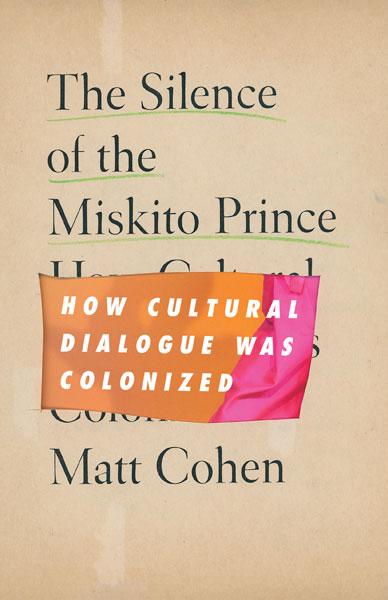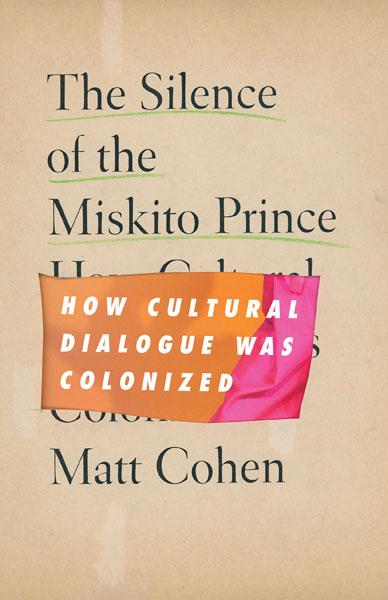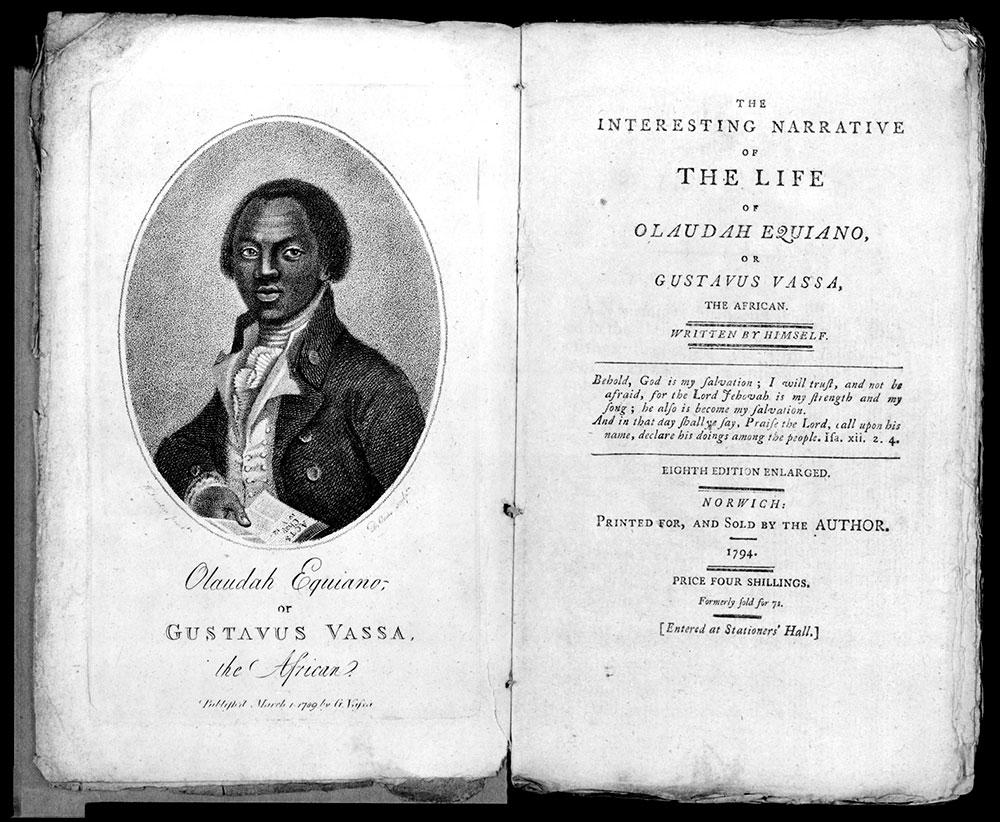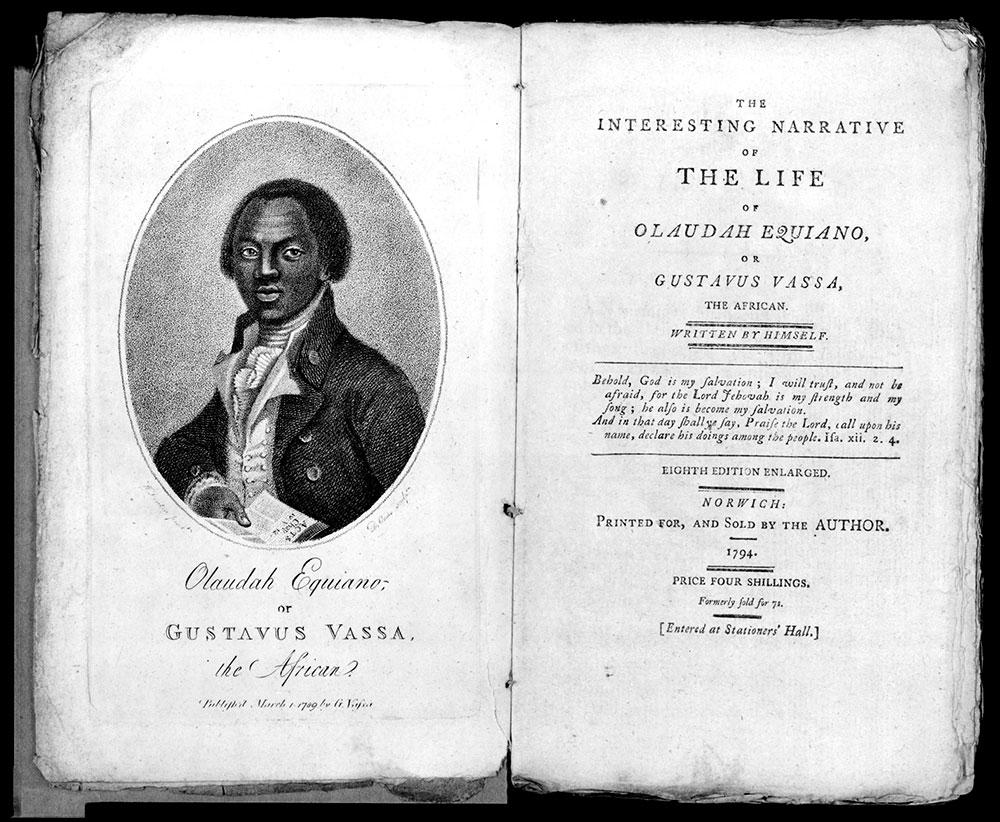The Silence of the Miskito Prince: An Interview with NEH Fellow Matt Cohen
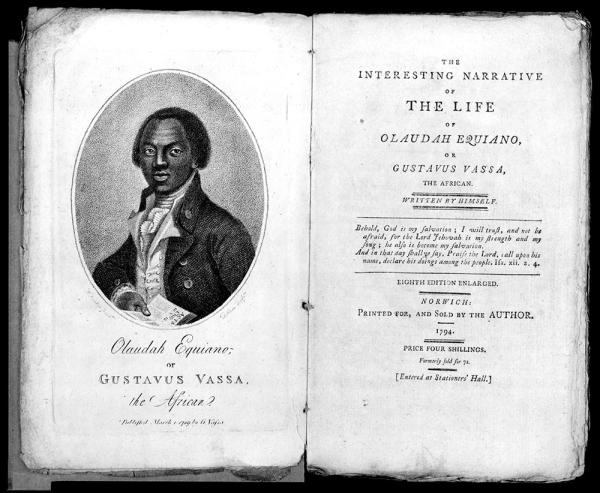

As they write, humanities scholars carefully weigh the language they use to describe the past. In The Silence of the Miskito Prince: How Cultural Dialogue Was Colonized (University of Minnesota Press, 2022), NEH Fellow Matt Cohen argues that historians of early America must also be wary of the language they use to describe language itself. Without scrutiny, the words used to depict communication between Native Americans and European settlers can perpetuate harmful colonial norms in the present.
To illustrate this challenge, Cohen examines five terms that historians commonly use to describe early Native-European interactions, interrogating their origins, definitions, and utility. In so doing, he imagines new ways of engaging in “cultural dialogue,” free from the violence of America’s settler-colonial past. I recently spoke with Cohen about his research process and influences, the importance of interdisciplinarity in the humanities, and the lessons that we can all glean from the history of cross-cultural conversation.
The book begins and ends with a story from Olaudah Equiano’s Interesting Narrative, of “the Miskito prince,” George, and Equiano, a formerly enslaved man, as they sat aboard an English merchant ship in the Caribbean in 1775. Equiano attempted to convert George to Christianity during their voyage, but his efforts failed when the prince stopped communicating with him. Why did you choose to bookend the project with this narrative?
That scene is to me so emblematic of the way our thinking about the past gets shaped by a vocabulary we’ve inherited from colonial histories. But I decided to use it to provoke, at the beginning of the book—to stage the problematic—and then return to it at the end, in the chapter on “understanding,” as a way of giving some weight to one of the basic challenges posed by the book: do we really need to understand each other in order to treat each other justly and kindly? Is the silence that the Miskito Prince ultimately leveled at Equiano a sign of the failure to communicate, or rather is it that, despite all the two men’s differences, the meaning of Equiano’s outreach was all too clear?
Where did the idea for The Silence of the Miskito Prince originate?
The book was inspired, I think, by an experience and a reflection.
The experience was teaching Equiano’s Interesting Narrative to undergraduates and grappling with that scene, about Prince George of the Miskito tribe being proselytized by Equiano, which ends with the prince becoming quiet and reserved. My students had, in our discussions of the book up to that point, found Equiano to be an inspiring character, a kind of model of resistance to the profit-driven dehumanization of enslavement. But here he was, talking about his efforts to convince an Indigenous person to leave his beliefs behind, while, no less, on a voyage to procure enslaved Africans for a colonizing venture in Central America. That paradox had to do with the tension between cultures, to be sure, but also between the past and the present: by what standards ought we judge the past and its people? Or what, from the past, ought we use to judge the present? And language seemed to be central to how we go about addressing those questions.
The reflection, partly spurred by that experience, was on the language that we use to talk about what we wish might have happened in that conversation between a formerly enslaved African and an Indigenous leader, both of whom were subject to imperial violence and manipulation. Could that interaction have been more reciprocal, more in what we think of as the spirit of Indigenous approaches to human interaction? I had used the word “reciprocity” in an earlier book to think about such interactions and their ethics, but suddenly it seemed less clear that the benchmarks or the starting grounds for “reciprocity” were things any two humans from different groups might agree on. So: the book grew out of a conundrum, rather than a blinding synthetic insight. Much of my previous work has been about non-linguistic kinds of communication, so this thinking pushed me to consider the dilemma of using language to describe communication in the first place.
The book’s chapters are organized around five central concepts: cosmopolitanism, piety, patience, reciprocity, and understanding. Why did you choose this structure, and how did you decide on these five terms?
The structure of Silence borrows a bit from Raymond Williams’s famous book Keywords, which constructs a kind of critical social history through the exploration of certain terms that have been used to describe or to enact modernity. Certainly, all of the terms I chose are related and often have overlapping histories. But it made for better storytelling to try to disentangle them first, illustrate how they’ve changed in meaning over time, and then entangle them again. As for the specific terms, that was very difficult, and I have no doubt other and better terms might be analyzed! But they’re all words that thinkers (academic or otherwise) use to discuss cultural interaction, and in particular when they are thinking about a more ideal world of human relations. For believers, for example, piety names a state of being and acting that brings harmony between an individual or a community and their god or gods. The cosmopolitan attitude, for others, is an ideal one, a way to temper excessive nationalism or colonialism—the cosmopolitan presumedly doesn’t attempt to convert people or judge them by other cultures’ standards, but instead is, as they say, “a citizen of the world,” appreciative of diversity and adapting to local customs. And so on. I had used all of these words at one time or another in previous publications and came to think that I had not considered carefully enough how I was using them. Each of their meanings has shifted over time under the tectonic pressure of colonial relations.
The Silence of the Miskito Prince references a wide range of scholarship, both seminal and recent. Which works—or scholars—most influenced your thinking and approach?
Oh, thank you for asking that! There are so many, but here are a few. The whole time I had in mind the work of Lisa Brooks, an Abenaki historian and literary scholar whose books beautifully but critically link the past and the present and help us understand how language is material history and history is made of language. George Tinker’s meditations on the colonizing functions of settler colonials’ good intentions was also key, and in the same way, so were Saidiya Hartman’s reflections on the work of writing about violence and about the silences that we are confronted by in the archives of human history—daunting, disturbing, but inspirational. Gerald Vizenor, the White Earth Ojibwe writer and critical trickster, was always whispering things to me. Susan Howe’s The Birth-mark was rhetorically freeing for me, as a writer about this period. I mentioned Raymond Williams earlier, and I couldn’t have written the book without the examples and mentorship of Orin Starn and Phillip Round.
You write that you opted “to keep the chapters short, assignable alongside commonly taught texts from the early colonial period in North America” in university classrooms. What do you hope students will gain from the book, and are there any particular texts that you envisioned professors pairing with it?
I hope that students will see in the chapters an interesting way to go about studying history and literature, first of all. There are also some specific linguistic histories in the book that I think will make old texts read in a livelier way for students new to the early modern period. For example, one chapter asks whether patience is a historical constant and cultural universal or not—and if you think about how to translate this word across languages, you begin to get a sense of the way particular frames of experiential reference could render that concept in quite different ways. Some texts that might make fruitful pairings: certainly Equiano’s Interesting Narrative; Roger Williams’s Key Into the Language of America (I talk about one of his polemical books in Silence, but I wouldn’t recommend assigning it—it’s a brick!); Mary Rowlandson’s Narrative (though really Lisa Brooks’s Our Beloved Kin is the tour de force pairing there); Samson Occom’s “A Short Narrative of my Life”; Thomas Morton’s New English Canaan; William Bradford’s Of Plymouth Plantation; and I’d be curious to see how it might play with something like Anne Bradstreet’s poetry. I’ll be curious to see what my colleagues do with it—if they do!
Your project is deeply interdisciplinary, merging history with philology, religion, and Native American studies, among others. How, methodologically, did you approach the research and writing process?
As an exercise in complete chaos! Seriously, I had to change some habits to write this book. In part that was because all of these words are also used in non-academic contexts, and sometimes in tremendously precise ways, as terms of art. And in part it was because for it to work, or to be tested, the book had to emerge from a relational exercise rather than a merely linguistic one. So, for a long time, I read around and asked questions and attended talks, memorials, corn plantings, summits, and many other conjunctions, trying to get a sense of the vibrant life in the present of these key terms, of the ideals that become attached to them, and of the obstacles to communication that remain, despite their best work. I tried out the ideas in some of my graduate seminars, which is always a good move because students are so sharp. I also read drafts of my ideas to lots of different audiences, because the communities of thought and interest involved were so numerous and because the whole point was to think about how communication might work in a way that would erode colonial thinking and structures. And I submitted several short parts of it for publication, to get feedback from the pros. Always a humbling experience.
What do you believe the study of early American history stands to gain from the incorporation of ideas from other disciplines?
That’s a short question with a lot of very long answers! I suppose I’d first say that it’s less incorporation that I would imagine that action to be, and more developing relations with other disciplines and their audiences. So maybe I can suggest three examples of that relationality. Anthropology has this tendency to think hard about the motivations and role of the anthropologist in the living community, and the potential impact of representing a group. That tendency, to the point of functioning as an ethos, is something history practitioners in any field could take on to the benefit of the descendants of the figures historians write about; but, of course, historians can also work with anthropologists toward shared goals defined by such communities. Textual scholars and literary historians, to take another example, have a deep suspicion about text, about what kinds of meaning can and can’t be deduced from the textual remains of the past. Such a suspicion about textual historical evidence is something many historians have usefully adopted, and in some areas of study it’s essential. Beyond this, from time to time historians and textual scholars collaborate with fascinating results. But in the daily life and structures of the academy—research, yes, but more so teaching—that kind of collaboration remains unusual. Biologists, to take a final example, have developed an extraordinary set of structures for collaborative knowledge production, both vertically, in terms of undergraduates, grad students, lab personnel, postdocs, and faculty working together, and horizontally, across labs. How often do you see a university press history book authored by multiple people, much less by five or six of different ranks and roles?
What effect do you hope The Silence of the Miskito Prince will have on future historical scholarship, both about early America and at large?
Well, if I learned anything from researching this book it’s that one can never be sure what effect a book is going to have. I suppose I wrote the book to unsettle folks a bit, yes about these particular terms, but more generally about the way coloniality has infiltrated even the language of resistance to colonialism or hierarchicalism or dominance. Beyond the reflection and careful study of our core visionary vocabulary, experimenting with language offers a way forward—I didn’t do that as much as I would have liked in the book, and I hope others will do more of it, like Fred Moten and Christina Sharpe and Vizenor do. It’s as much the way things are written as what is written or unwritten that opens ears and minds or fails to do so. And as for the “at large,” yes; one thing about philology is that it’s always dependent upon particulars of place, time, language, and more. But from a structural standpoint, colonialism has everywhere functioned substantially through language, so I hope the book might be legible in other contexts than the early colonial American one.
The book is not just about the past. It is also a meditation on the future of “cultural dialogue.” Why are early Native-European interactions such a valuable starting point for envisioning this future?
We’re—all of us are—living out the results of those interactions every day. It’s hard even to study them from the present in part because the filter through which we see the past was built by colonial fear, opportunism, greed, and the violence that operationalized all of those emotions and tendencies. The landscape of legal relations between the U.S. and Native nations today offers a nightmarish but eloquent testimony to the tortuous refusal to relate equitably and agonistically that has sustained coloniality from the first European arrivals to the present. And one of the things that Native people keep telling everyone—the Muscogee U.S. poet laureate Joy Harjo’s poetry comes to mind here as a powerful example; I talk about her poem “In Mystic” in the book a little, but recently also there’s Tommy Orange’s There There—is that those early interactions are often embodied memory for Native people, while they are often the subject of ignorance, wishful thinking, or fantasy for settlers. So, when we study how people in the past talked with each other, we can learn a bit about what went wrong and how we got the language, the feelings, the fears we carry today. But we might also learn about how talking happens, how even with the best intentions we might not be able to connect, how we have to think about the structures within which all our speaking unfurls, and about the lives and ways of others—and get creative if we want to break out of longstanding patterns.
Now that The Silence of the Miskito Prince is finished, what’s next for you?
A long nap. And then: I’m one of the codirectors (with Kenneth Price and Stephanie Browner) of the Charles W. Chesnutt Archive, a free online resource for studying the works and life of one of the most important African American writers, and we’re leading an effort to create a digital edition of his correspondence in collaboration right now with some Cleveland-area entities—he was a long-time resident there. So that’s taking a lot of my time. Certainly, if ever there was a writer who thought a lot about language, communication, understanding, and cultural difference, it was Chesnutt. There’s another book in my mind somewhere, but it may be a very substantial departure from my previous ones. My interest in how people study things, in how what we call evidence becomes such, and how arguments get made out of it carries me into some strange byways. Ask me again in a year!
Matt Cohen received an NEH Fellowship (FA-251900-17) to support his research for The Silence of the Miskito Prince: How Cultural Dialogue Was Colonized (University of Minnesota Press, 2022). Cohen is a professor of English and affiliate faculty in Native American studies at the University of Nebraska–Lincoln. He is also codirector of the Walt Whitman Archive and the Charles W. Chesnutt Archive.
The NEH Fellowships program awards grants to individual scholars for projects—such as monographs, peer-reviewed articles, and critical editions—at any stage of development. Projects funded by the Fellowships program embody exceptional research, rigorous analysis, and clear writing, and they are of interest to scholars, general readers, or both. For more information on the Fellowships program, or to apply, see the program’s resource page. Contact @email with questions.
The University of Minnesota Press was awarded an additional grant (DR-286803-22) from NEH’s Fellowships Open Book Program to publish an online open-access version of The Silence of the Miskito Prince. The Fellowships Open Book Program facilitates the digital publication of books written by NEH fellowship recipients, allowing the public to access outstanding humanities scholarship free of charge. For more information on the Fellowships Open Book Program, see the program’s resource page. Contact @email with questions.
